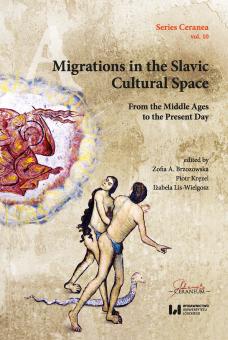Becoming an Austrian Subject: Naturalization of Serbian Immigrants in the Austrian Military Frontier in the Early 19th Century, Changing Policies and the Perception of En Masse and Individual Integration of Serbian Migrants
Abstract
This paper focuses on the changing Habsburg integration policies that applied to Serbian migrants in the early 19th century. Until the late 18th century, mass migration of Serbian refugees – mostly caused by wars – had typically been met with a quite liberal approach to the admission and further integration of refugees, avoiding bureaucratic hurdles. This attitude was politically pragmatic due to the low population size in the Habsburg Monarchy. Devastated and deserted border regions needed to be repopulated, military units reinforced by new men, and the treasury enriched with tax money. From the 1760s, sets of regulations were introduced to manage the issues of immigration and residence permits for foreigners in a more integrated way. Serbian refugees came to the Monarchy as Ottoman subjects, and treaties with the government in Istanbul made legal migration almost impossible. While the Viennese administration did not hinder Ottoman subjects from settling before the beginning of the 19th century, it did start to require more proof of personal identification and push newcomers to obtain Austrian subjecthood by abandoning the former one and cutting all ties with the old homeland. As the amount of free land decreased and the recruitment needs of the military were satisfied, greater attention was paid to individual qualities of immigrants than before. The final shift in immigration attitude and policies occurred after 1812, at the time of the collapse of the First Serbian Uprising. Tens of thousands of Serbs then found shelter in Habsburg Lands – in the Military Frontier in particular – but this time the Austrian government did not allow mass colonization and integration. The process of acquiring Austrian citizenship was regulated by the Austrian General Civil Code of 1811 and further decrees which made naturalization a long-lasting, complicated and restrictive administrative procedure, focused on the individual qualities of the candidates. In the 1830s, it was not unusual to wait for more than 10 years before one could successfully apply for citizenship, as some cases show.
Collections


